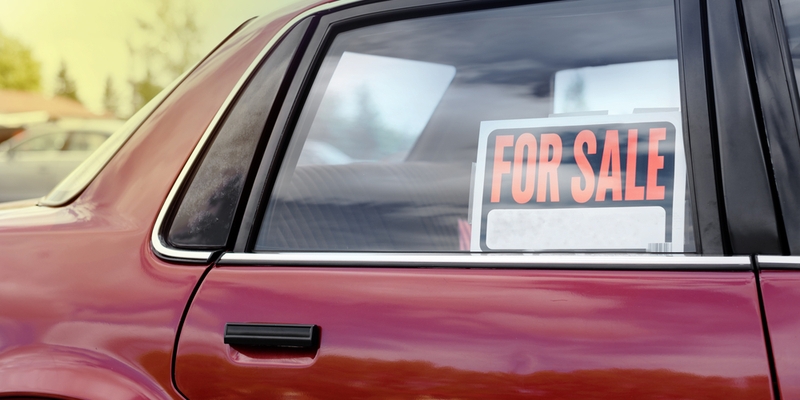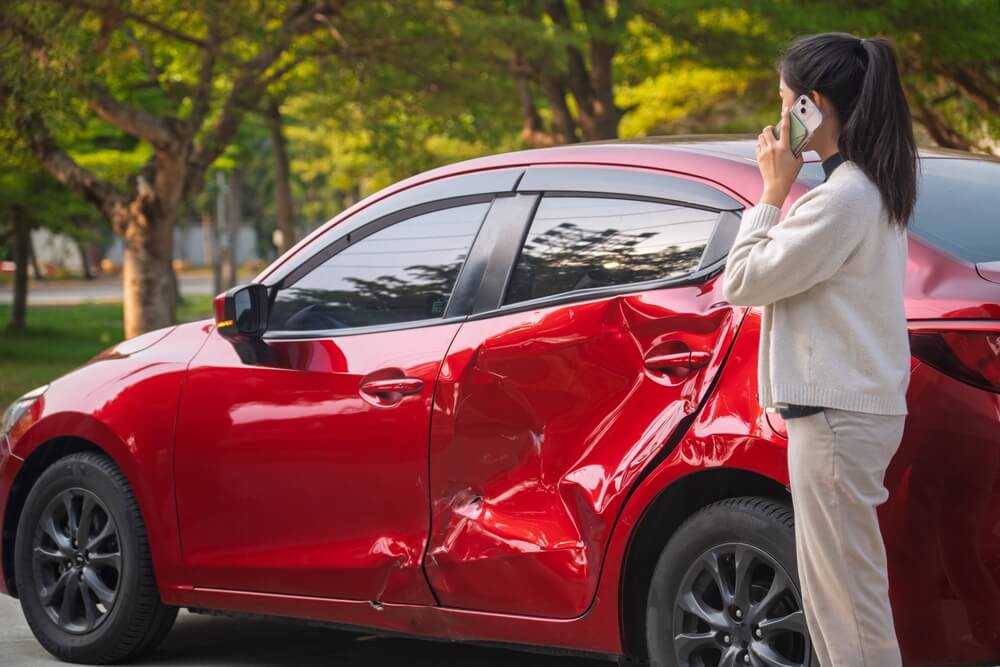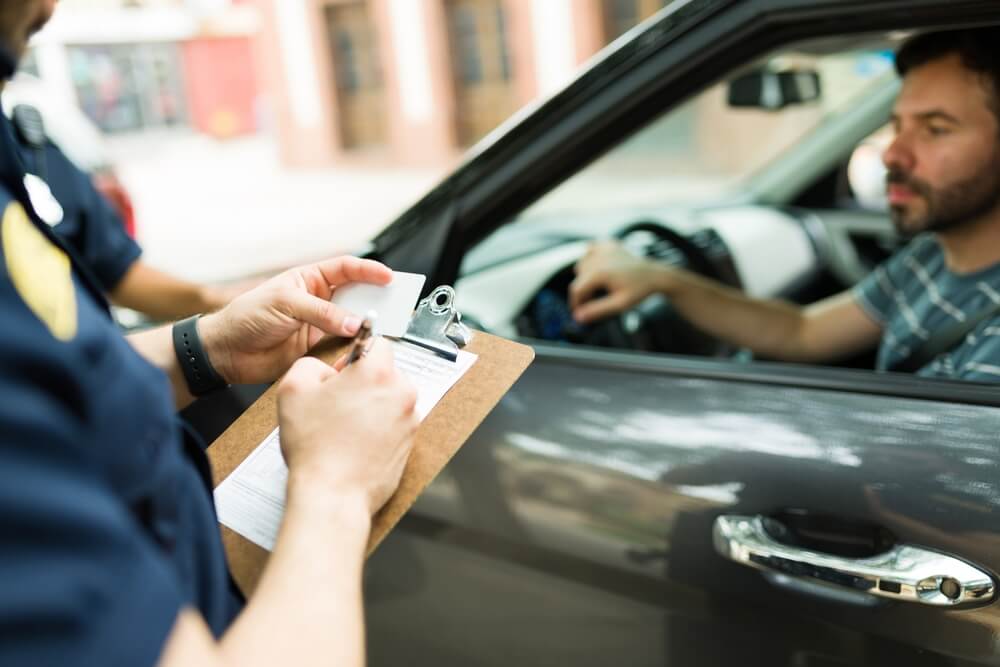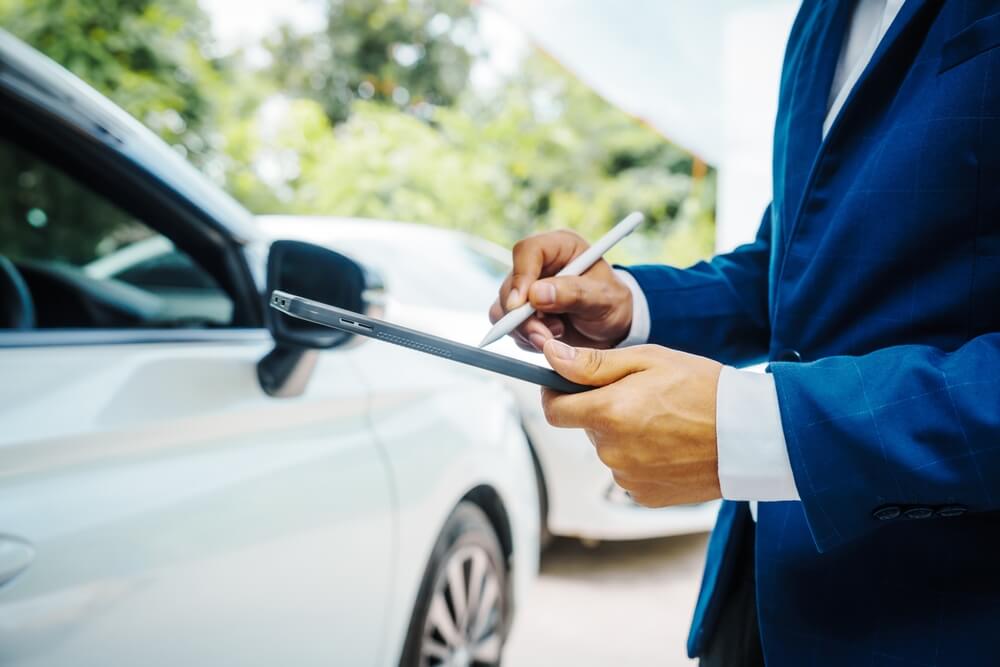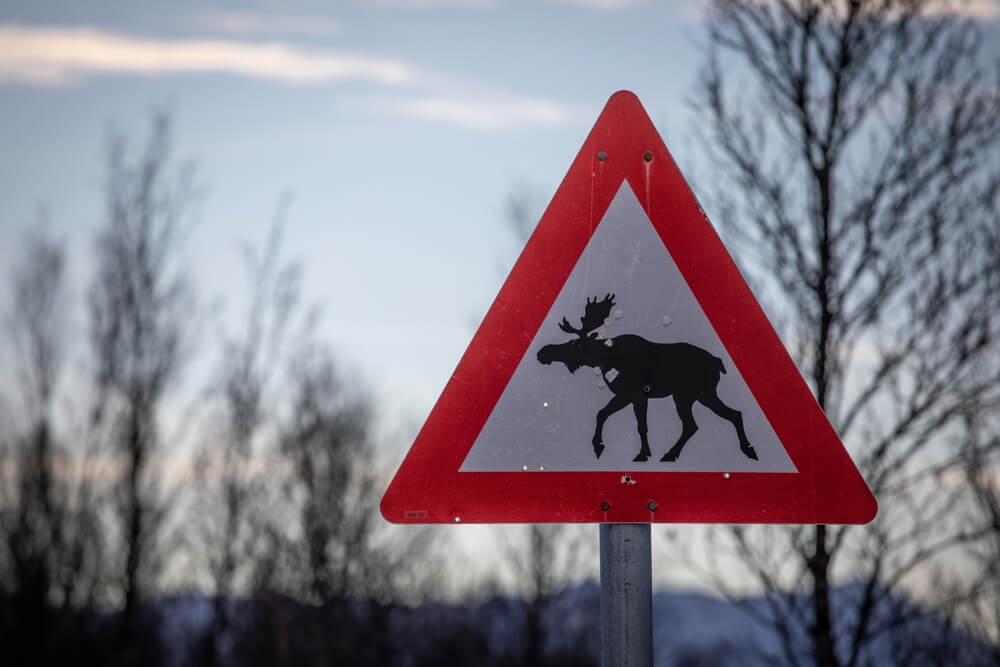
If you are not redirected within 30 seconds, please click here to continue.
Samedi: 10h – 16h HAE

If you are not redirected within 30 seconds, please click here to continue.
If you are not redirected within 30 seconds, please click here to continue.
This article has been updated from a previous version.
Buying a used car in Canada can be more cost-efficient than buying new, but it requires careful planning. When you set out to buy a used car, make sure to set a budget (and stick to it!), research options, and make sure you're vetting private sellers and dealerships.
It's also helpful to use a checklist to inspect the car, review its history, and meet provincial requirements before making a purchase. For a smooth experience, follow these steps to buy a used car with confidence, and understand why choosing to go with a user car comes with benefits.
Despite taking a bit more effort, buying a used car has benefits. It's usually cheaper than a new car, and insurance costs might be lower. Used cars also lose value more slowly than new ones.
But there are downsides too. The vehicle might need to be repaired more often, and you won’t know the vehicle’s history unless you do some research. Also, the warranty period may have ended, which could mean certain safety and convenience features might not still be in the vehicle by the time you buy it.
What steps you need to take when buying a used car
There are a number of steps you should take before buying a used vehicle. Here are a few suggestions:
- Have a budget. Just like buying a home, you should have a budget to rein in your spending.
- Narrow things down. It’s best to have a specific type of vehicle (e.g. SUV, sedan) and brand and a specific model already in mind. If you don’t do that, you could be searching for a long time. Plus, different makes and models impact your car insurance rate differently. It could be worth comparing car insurance rates for the models you’re eyeing to see if there is a difference in premium.
- Read reviews. Other owners are your best source of information to learn more about the pros and cons of the vehicle you want.
- Find potential sellers. You may find a private seller on a website or at a dealer. Make sure to thoroughly vet your sellers and read reviews from previous buyers to gauge the seller’s trustworthiness.
- Compare prices. Once you’ve found a seller, compare the price with the industry average.
Read more: Can you negotiate the price of a used car in today's market?
Should you buy a vehicle from a private seller or dealer?
Both options have pros and cons. Here’s an at-a-glance comparison to help you decide:
| Private Seller | Dealer |
| Lower prices | Higher prices but more benefits |
| Limited or no warranties | Includes warranties |
| No vehicle inspection | Usually inspected |
| May be riskier | Easier to verify reputation |
If you choose a private seller, get the vehicle inspected by a trusted mechanic before finalizing the deal. If buying through a dealership, research their reputation and be wary of added fees.
Related: When is the right time to upgrade your car?
Must-do checklist before buying a used car
Before committing to a purchase, use this checklist to make sure you’re buying a reliable vehicle.
- Check the Vehicle Identification Number (VIN): Confirm it matches the one on the permit or registration.
- Inspect the car: Look for interior and exterior damage. A mechanic’s inspection can reveal hidden problems, like signs of a major repair after a collision. When a car undergoes a major repair after a collision, its resale value will diminish.
- Review the vehicle’s history: Get details on collisions, warranties, and liens.
- Test drive the car: Evaluate how it drives, brakes, and handles the road.
- Check the odometer: If the reading seems unusually low relative to the car’s age, it could be a red flag for tampering
Provincial requirements
When purchasing a used car in Ontario or Alberta, each provincial government has specific recommendations for what you must do before buying a used car.
Ontario:
- Check the emissions testing history on the DriveON website.
- Request or purchase a Used Vehicle Information Package (UVIP) to check for liens.
Alberta:
- Contact a registry agent to check for liens.
- Obtain a Vehicle Information Report (VIR) for a detailed history of the car.
What you need to do after buying a used vehicle
When the purchase is made, there are certain requirements based on where you live that need to be met.
In Ontario, the seller must give you the vehicle portion of the owner’s permit, the UVIP, and the bill of sale with the purchase price and seller’s name. The bill of sale must be signed and dated by both you and the seller. You must also register the vehicle at a ServiceOntario centre within six days of making the purchase.
In Alberta, you must complete a bill of sale, which will need to include:
- Your name, address, and signature
- The seller’s name, address and signature
- The VIN
- The purchase price,
- The make, model, style, colour, and year of manufacture.
After the purchase is complete, you will need to get insurance and register the vehicle with a registry agent before driving it.
Getting the right car insurance policy
The final step after buying your new ride is securing the right insurance policy. Every vehicle needs a standard policy with mandatory coverages such as third-party liability and accident benefits.
Consider adding optional coverages like collision and comprehensive insurance for extra peace of mind, especially if it’s a newer car. Collision insurance pays for damage caused by accidents, while comprehensive coverage protects you from non-collision incidents like theft or hail.
Don’t forget to shop around for the best rates. Comparing policies online or through brokers can help you find the right coverage at the best price.
Don't waste time calling around for auto insurance
Use Rates.ca to shop around, and compare multiple quotes at the same time.
Get money-saving tips in your inbox.
Stay on top of personal finance tips from our money experts!

